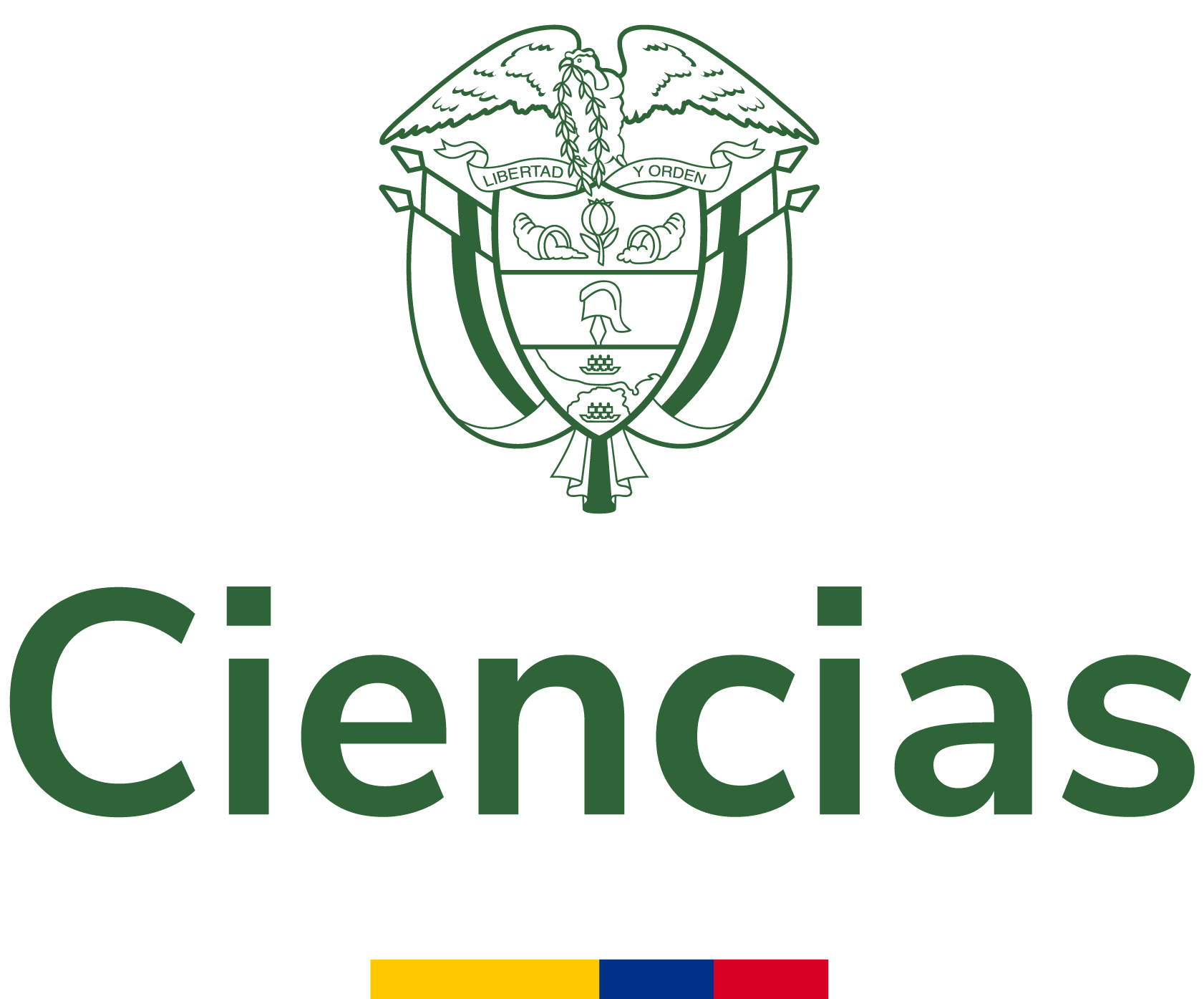Digital Image Representation Model Enriched with Semantic Web Technologies: Visual and Non-Visual Information
The types of content of digital images, visual (syntactic and semantic) and non-visual, cause the complexity of their representation. Considering these contents separately hinders digital image retrieval because this creates a gap between the contents of the image and its representation. Therefore,...
- Autores:
- Tipo de recurso:
- Fecha de publicación:
- 2023
- Institución:
- Universidad Pedagógica y Tecnológica de Colombia
- Repositorio:
- RiUPTC: Repositorio Institucional UPTC
- Idioma:
- eng
- OAI Identifier:
- oai:repositorio.uptc.edu.co:001/14351
- Acceso en línea:
- https://revistas.uptc.edu.co/index.php/ingenieria/article/view/14815
https://repositorio.uptc.edu.co/handle/001/14351
- Palabra clave:
- Images representation
Digital image
Visual and non-visual content
Web Semantic Technologies
images enrichment
Representación de imágenes
Imagen digital.
Contenido visual y no visual
Tecnologías de la Web Semántica
Enriquecimiento de imágenes
- Rights
- License
- Copyright (c) 2023 Sandra-Milena Roa-Martínez, Caio Coneglian, Silvana Vidotti
| Summary: | The types of content of digital images, visual (syntactic and semantic) and non-visual, cause the complexity of their representation. Considering these contents separately hinders digital image retrieval because this creates a gap between the contents of the image and its representation. Therefore, this work aims to present a representation model of visual and non-visual information of digital images, with semantic enrichment through the Semantic Web technologies. For that, a qualitative methodology with a bibliographical approach was used. Theoretical subsidies of the topics addressed were sought, and it has an applied focus since it proposes a model and its exemplification. The developed model depicts the representation image process and allows the semantic enrichment of the data. This enrichment facilitates the retrieval in multiple contexts with technologies that favor the use of the data through inferences. Also, a use case with digital medical images is presented, demonstrating the feasibility of the proposal. It is concluded that the representation of visual and non-visual content aims to improve the way images are retrieved in digital information environments. The junction of the content and the context of images should be considered, even though search mechanisms usually treat this separately due to the disaggregation of image representation itself. |
|---|






